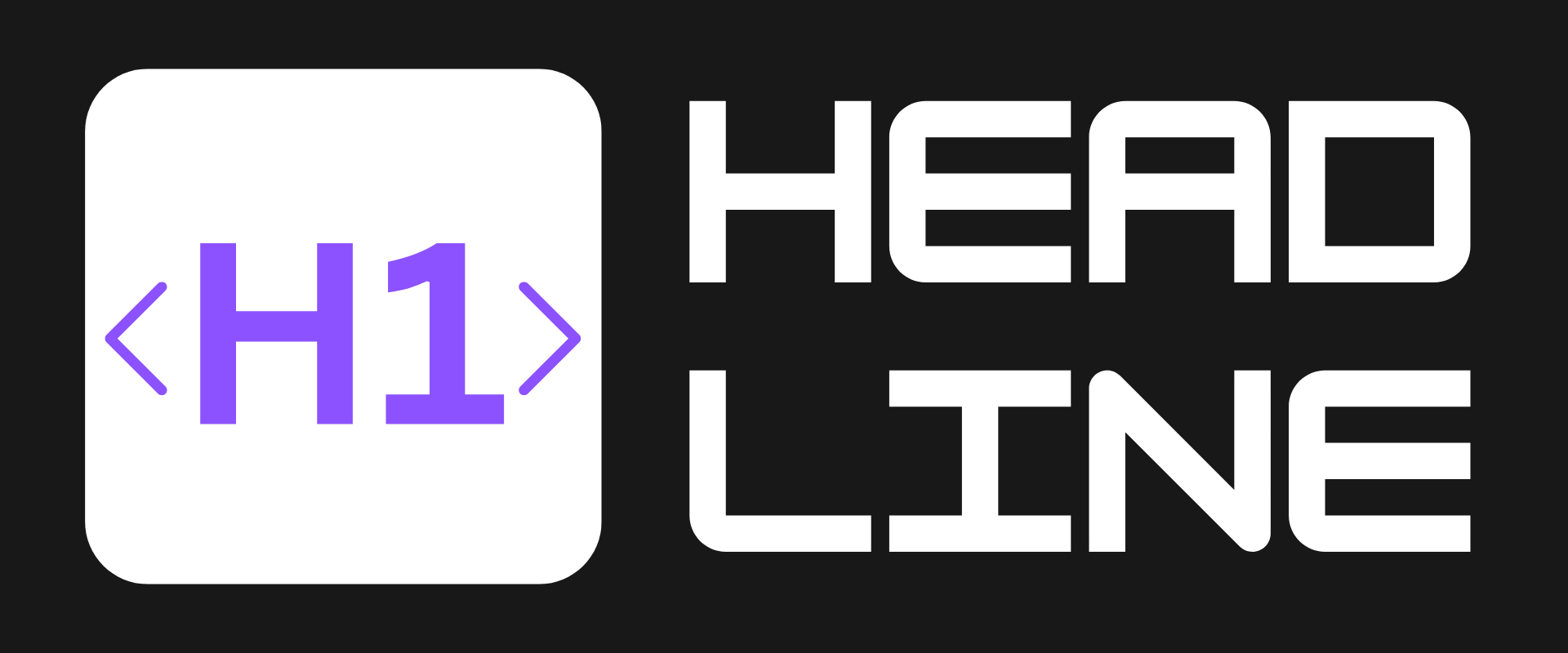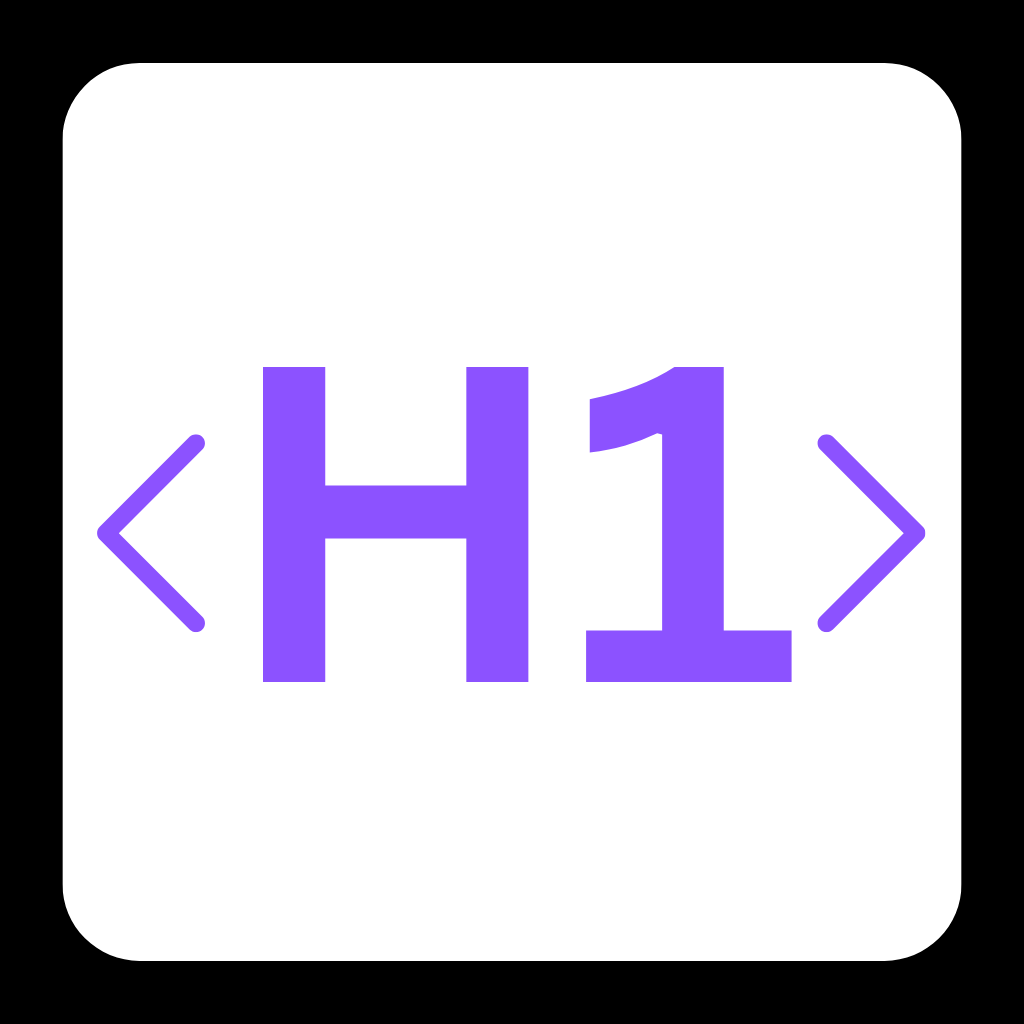Is Your Healthcare AI Missing Half the World’s Data?

AI’sists in hospitals, but its blind spots could be deadly. While artificial intelligence promises to revolutionize healthcare, a critical flaw lurks beneath the surface: most AI models are trained on data from just 15% of the global population. The result? Biased algorithms that overlook life-saving treatments and perpetuate healthcare disparities. Let’s dive in.
🌍 The Diversity Drought: Why AI’s Western-Centric Data Fails Patients
- Over 80% of medical AI research uses data from U.S. and European patients, despite these regions representing less than 20% of humanity
- Proven therapies like Japan’s cancer immunotherapy protocols and India’s low-cost dialysis innovations rarely appear in training datasets
- Genetic databases lack representation from Africa (containing 2% of global genomic diversity despite 17% of the population)
- EHR systems prioritize billing codes over cultural context, erasing crucial socioeconomic factors in health outcomes
✅ The Global Health Hack: How Red Rover Health Is Rewriting the Rules
John Orosco’s Red Rover Health tackles data bias through:
- ✅ RESTful API architecture connecting 140+ EHR systems across 6 continents
- ✅ Real-time translation of non-Western treatment protocols into standardized formats
- ✅ Integration layer preserving regional prescribing patterns and traditional medicine data points
The platform’s AI models to analyze:
- Brazil’s community health worker malaria interventions
- South Korea’s AI-powered traditional herb interaction databases
- Rwanda’s HIV care protocols achieving 90% viral suppression rates
🚧 The Roadblocks: Why Global AI Adoption Isn’t a Quick Fix
- ⚠️ Data Privacy Battles: GDPR vs HIPAA vs China’s PIPL creates compliance nightmares
- ⚠️ EHR Format Wars: Cerner’s 12,000 data fields vs Epic’s proprietary codes vs India’s ABDM standards
- ⚠️ Cultural Resistance: 68% of U.S. oncologists dismiss Asian traditional medicine data as “noise”
As Orosco notes: “We’re still in the stone age of medical AI. Today’s models can’t even process why a diabetic patient in Cairo might respond differently to insulin than one in Cleveland.”
🚀 Final Thoughts: Will 2025 Be the Year Medical AI Grows Up?
The path forward requires:
- 📈 30%+ non-Western data in all FDA-cleared AI tools by 2026
- 🤝 Pharma giants funding genomic studies in underrepresented regions
- 🌐 Open-source treatment pattern libraries for rare diseases
What’s your take? Should the NIH mandate global data quotas for medical AI—or will overregulation stifle innovation?
Let us know on X (Former Twitter)
Sources: Healthcare IT News. AI models need to be built on more complete and global datasets. https://www.healthcareitnews.com/news/ai-models-need-be-built-more-complete-and-global-datasets










